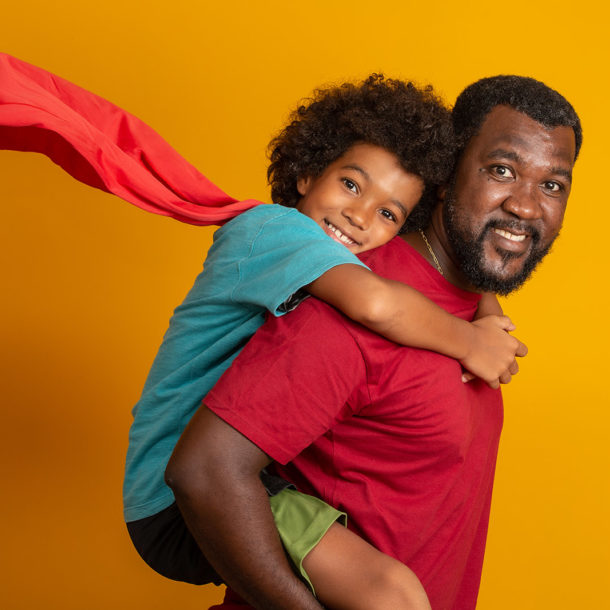
Our children use the silent treatment as a way to freeze us out, to get us to leave them alone, and to push our buttons. What most parents don’t realize is that under the surface, something else is going on: the silent treatment is giving your child a feeling of power and control over you.
Simple truth: when you stop responding to the silent treatment, it will die by neglect!
The silent treatment is used to blackmail us emotionally. The more we make an issue of it and show it’s painful or annoying to us, the worse it gets. I think it’s important to realize that if your child gives you the silent treatment, that’s probably the best problem solving skill he has at that moment using this passive aggressive behaviour which is very destructive in relationships later in life—and it’s definitely a pattern that you don’t want to give in to and reward in your child:
First Rule: Don’t Internalise it.
Just remember that there’s more power in responding to it the right way than there is in getting into an ego struggle with your child. This is primarily about them: their tangled up
feelings, their difficulty in controlling themselves and their
inability to understand and express their emotions:
Remembering not to take it personally means you:
- Take a deep breath
- Let the hurt go
- Consciously lower your voice.
Think through how to respond calmly and constructively. Children really do need to learn to deal with their problems appropriately and take responsibility. And as parents, we have to let them grow up.
If we keep letting the silent treatment affect us by giving in to our teens so they’ll be “nice” and talk to us, then we’re falling into the martyr trap. Let them know they’re probably struggling with things several other teens are struggling with. Your role as a parent is to say, “We’ll help you as much as we can, but don’t take it out on us.”.
2nd Rule: Give Your Child a Clear Message.
I think it’s very important that we give our teens a clear message when they give us the silent treatment. You should say, “Not responding to me is not going to solve your problem. When you’re ready to talk about it, I’ll be here.” And here’s the important part: “Until then, no cell phone use.” Or, “Until we talk, no electronics.” That way, your child has a motivation to talk and to solve the problem. However, for older teens, it may be a bit tricky trying to take gadgets from them. My advice here is just let them be. Show you are not in any way affected by their mood and carry on your normal routine. They will eventually seek you out.
3rd Rule: Reach Out Once, Then Let Your Child Be.
I think it’s fine if you want to check in and reach out to your child if they’re still not talking to you over a long period. In our family, my husband would do that with our children. Personally, I would urge you not to reach out to your child more than once after you’ve made your statement regarding his/her lack of communication. Going to your child and pleading with him/her to talk gives them too much power— and lets them take advantage.
By the way, if the silent treatment is a chronic problem with your child, I would suggest that you not reach out at all. Just remind them that their unwillingness to talk is not solving the problem and that you’d love to speak with them when they’re ready. Try to say this with a pleasant look on your face(it matters), then leave and let them tell you when they are ready to talk.
Note, if your child agrees to speak with you, but then starts balking, say, “Look, if you’re not ready to sit down and talk with me, then let’s not do it now. “Calm down and wait till you’re ready.”
4th Rule: Don’t Copy Your Child.
Try not to react the same way as your child/teen when it comes to inappropriate behaviour. The idea is not to fight fire with fire, but to try something that’s more mature and effective

